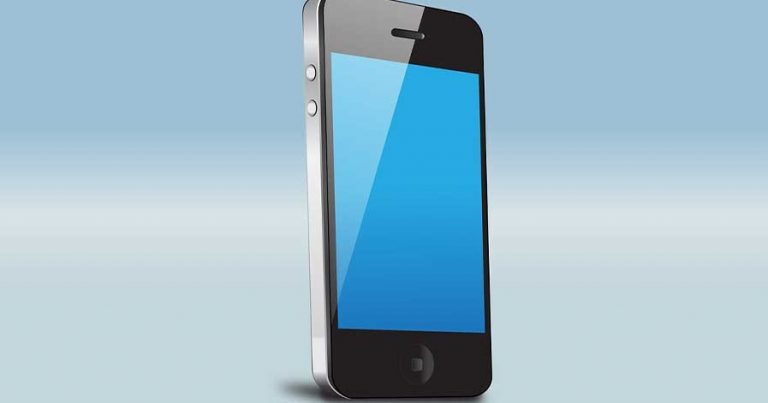How to Properly Dispose of Your Electronics
How to Dispose of Electronics
Since the development of electrical and electronic technologies, countless units of electronic equipment have been sold to users. An inevitable product of the technological revolution is e-waste.
Whether generated in the home or the office, the disposal of e-waste is a rapidly growing problem worldwide. The United Nations estimate that global e-waste volumes could increase by nearly 75 million tons a year by 2030. And while steps are being taken to address the problem, consumers, manufacturers, and governments need to make a concerted effort to accelerate the responsible disposal of electronics.
Common Types of Discarded Electronics
Electronic devices become e-waste when they are no longer in use. Examples include:
- Cell phones
- Cameras
- Computer equipment
- Small household appliances, such as toasters and irons
- Large household appliances, such as washing machines and refrigerators
E-waste is such a severe problem, not only because of the sheer volume but because of toxic ingredients which create both occupational and environmental health hazards. E-waste contains over 1,000 different substances, many of which are toxic, like lead and mercury. For example, older television sets and monitors may contain lead, which is a neurotoxin.
There are higher volumes of e-waste than other consumer products due to extreme obsolescence rates. For example, the lifespan of a computer is now only about two years, thanks to rapidly evolving technology. Televisions become obsolete as soon as new thinner and larger versions come out.
Sadly, many electronics are not recycled. For example, Americans typically discard about 400,000 mobile phones every day, according to figures from the EPA. Small household appliances, such as hairdryers, irons, toasters, and mixers, are often not recycled and go into landfills.
Disposal Methods
Historically, e-waste was dumped in landfills or burned in incinerators. Landfilling, exporting, reusing, and recycling are some of the methods used to deal with e-waste.
Exporting of E-Waste
Exporting e-waste to developing countries is a tactic of industrialized nations to avoid expensive disposal and scrutiny at home. Free trade in hazardous waste leaves people living in poverty with the choice of starving or exposure to poisons.
The Basel Convention banned the export of hazardous material from rich countries to developing countries in 1989, and although several countries have signed it, the practice continues. China is still a major dumping ground for e-waste from the U.S.
Recycling of E-Waste
E-waste contains some valuable materials and components. However, recycling is hindered by a lack of incentives for collection, recycling infrastructure, and the high cost of the collection, handling, and processing. According to U.N. reports, only 17.4% of e-waste discarded in 2019 was recycled.
Billions of dollars worth of precious metals and rare earth elements end up in landfills every year because of the careless disposal of electronics. The EPA says that recycling a million laptops would save energy equivalent to the energy used by just over 3,600 homes in the U.S each year.
The EPA also suggests that recycling cell phones could recover significant amounts of gold, copper, silver, and palladium. Recycling circuit boards could yield plenty of gold and copper. Battery components can be reused in other batteries, and metals can be reused in automotive parts.
How to Dispose of Your Electronics
Remember that before you dispose of your electronic devices, like computers or cell phones, it is important to make sure you remove all your personal information. If any of your electronics contain batteries, remove them and recycle them separately.
Donate
Put your unwanted electronics to good use by donating them to a worthy cause. Charity organizations often need electronic equipment like computers, watches, video games, appliances, or cell phones. You can donate your electronics if they still function reliably, are less than five years old, and do not require significant repairs.
Sell
Sell your unwanted electronic equipment via websites allowing online sales and purchases or take it to a second-hand shop. Websites like Facebook Marketplace and eBay allow you to list your items so others can bid on them. You can easily get rid of electronics in this way without sending them to a landfill.
Take Back or Trade-In Programs
When you want to buy a new appliance, see if the company you purchase from will allow you to trade in your old model. Companies may offer a discount for returning an older model. Amazon offers gift cards in exchange for e-readers, tablets, Bluetooth speakers, and cell phones. Hewlett-Packard offers return and recycling options.
Use a Certified E-Waste Recycler in Your Location
There are certified e-waste recyclers who separate e-waste into different components, such as metal, plastic, glass, and aluminum. Check the rules in your location to find out whether companies offer curbside collection. Collection may be limited to certain items or a specific number. You may need to take your electronic waste to the nearest e-waste recycler, whom you can find by searching online.
It is important to find out whether an e-waste recycling company has been vetted through e-stewards.org. This ensures that it doesn’t export the e-waste it collects to a developing country. Recyclers who are part of the e-steward network follow high standards, and many of them also reuse and refurbish equipment.
Find a Hazardous Waste Facility
Hazardous waste facilities disassemble electronics safely for disposal. Some facilities operate at the county level, and others serve individual cities.
Ask Major Retailers if They Accept Electronics for Recycling
Most major retailers accept e-waste for recycling, even when a product isn’t purchased from them. It is important to call ahead of time to confirm that they will accept e-waste and what products they can recycle.
Final Words
It is essential to educate yourself on how to dispose of electronics properly. With our heavy reliance on electrical equipment today, responsible e-waste disposal is more critical than ever before. Think twice before you discard that broken kitchen appliance in the trash. Finding responsible ways to dispose of your electronics will make you part of the solution instead of part of the problem.

